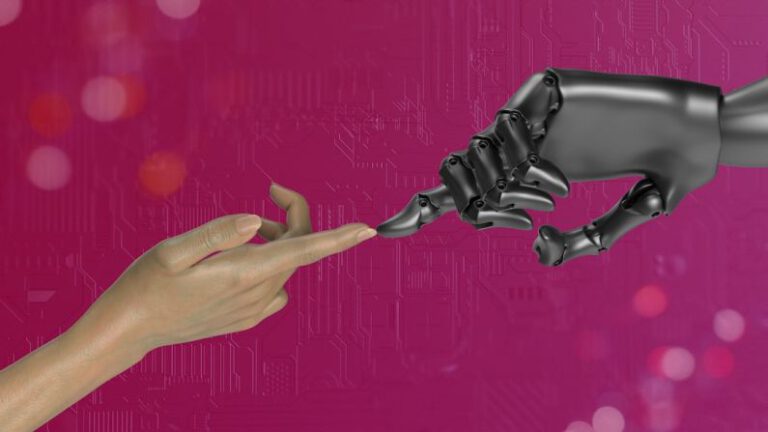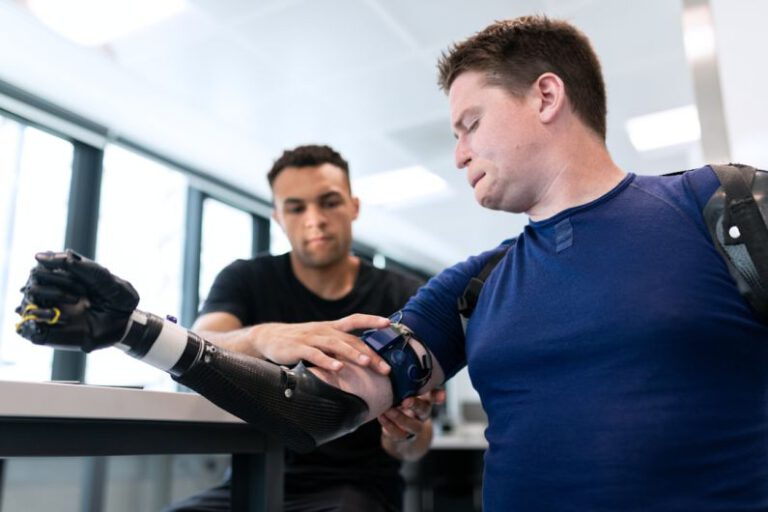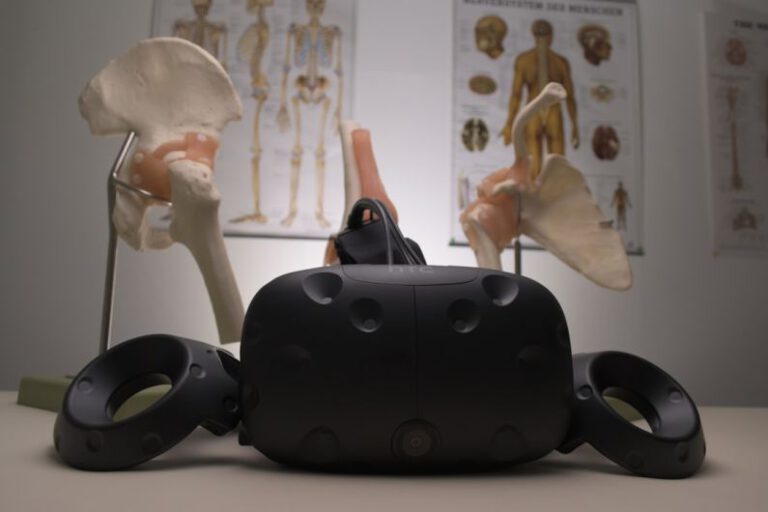Brain-computer Interfaces: Bridging Thoughts to Actions
The human brain is a marvel of complexity, housing billions of neurons that communicate through intricate networks to govern our thoughts, emotions, and actions. For centuries, scientists and researchers have sought to unlock the mysteries of the brain and find ways to harness its power to improve human life. One groundbreaking technology that has emerged in recent years is brain-computer interfaces (BCIs), which hold the potential to bridge the gap between thoughts and actions like never before.
**Unveiling the Power of Brain-Computer Interfaces**
BCIs are innovative systems that establish a direct communication pathway between the brain and an external device, allowing individuals to control machines, computers, or prosthetic limbs using their thoughts alone. This revolutionary technology has the potential to transform the lives of people with disabilities, enabling them to regain independence and improve their quality of life.
**How Do Brain-Computer Interfaces Work?**
BCIs operate by detecting and interpreting brain signals to translate them into commands that can be understood by a computer or device. This is typically achieved through the use of electroencephalography (EEG) sensors that record the electrical activity of the brain. Advanced signal processing algorithms then analyze these signals to decode the user’s intentions and execute the corresponding actions.
**Applications of Brain-Computer Interfaces**
The applications of BCIs are vast and diverse, ranging from assistive technologies for individuals with motor disabilities to enhancing human-computer interactions in gaming and virtual reality. BCIs have shown promise in enabling paralyzed individuals to communicate, control robotic arms, and even interact with the world around them using only their thoughts.
**Challenges and Future Directions**
While BCIs hold immense potential, they also face several challenges that must be addressed to unlock their full capabilities. One of the primary challenges is improving the accuracy and reliability of signal decoding to ensure seamless communication between the brain and external devices. Additionally, the integration of BCIs into everyday life requires overcoming technical, ethical, and social barriers to ensure the technology is accessible and accepted by a wide range of users.
**Ethical Considerations and Privacy Concerns**
As with any emerging technology, BCIs raise important ethical considerations and privacy concerns that must be carefully considered. Issues such as consent, data security, and potential misuse of brain data are critical areas that require attention to ensure that BCIs are developed and deployed responsibly.
**The Future of Brain-Computer Interfaces**
Looking ahead, the future of BCIs holds immense promise for transforming how we interact with technology and each other. As research advances and technology evolves, BCIs have the potential to revolutionize healthcare, communication, and human capabilities in ways we have yet to imagine.
**In Summary**
Brain-computer interfaces represent a cutting-edge technology that has the power to bridge the gap between thoughts and actions, opening up new possibilities for individuals with disabilities and beyond. By decoding the signals of the brain and translating them into actionable commands, BCIs offer a glimpse into a future where the power of the mind can shape the world around us. As research in this field continues to progress, the potential for BCIs to enhance human life and unlock new levels of communication and control remains an exciting frontier waiting to be explored.






